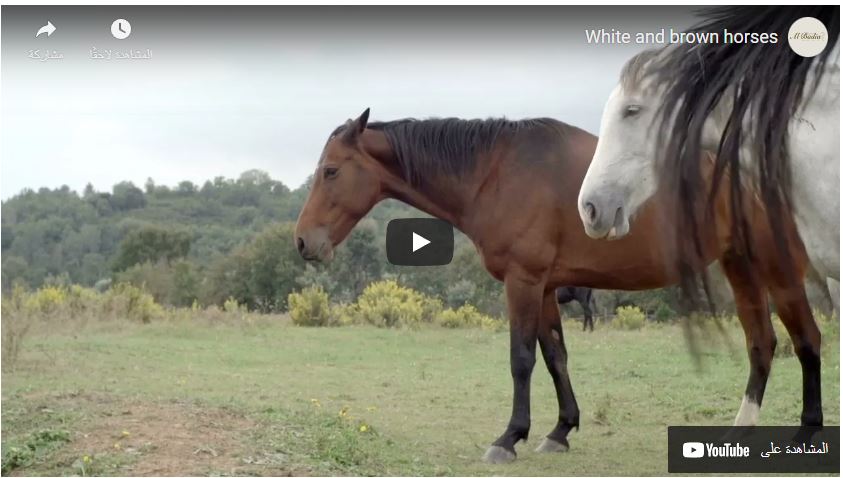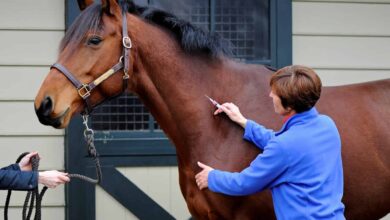by Al Badia
If you have a horse that’s acting lame, you’ll need to determine where the lameness is coming from. You can do this by watching the horse as it is ridden on a loose rein or trotted in hand in a straight line on a loose lead rope over firm, level ground. If the lameness is in the front leg, you’ll see that the horse dips its head downward. If it’s in the hindquarters or back legs, you’ll see that it pops its hip slightly upward.
How to tell if your horse is lame
Do you have a horse that’s acting like something’s wrong? Is he limping or refusing to move at all? Here are 3 ways to figure out what’s going on:
- Observe how your horse moves and walks
Does he favor one side or another? Can you see any swelling or heat along his limb? Does he hold his head up high or low when he walks? Does he appear comfortable and happy while moving, or does he seem stiff or unhappy?
- Watch for changes in behavior
Do you see any behavioral changes in your horse’s behavior that might indicate lameness, like refusing to eat, lying down more often than usual, refusing to go in certain areas of your pasture, or not being interested in playing with other horses? If so, it may be time to get him checked out by a vet!








